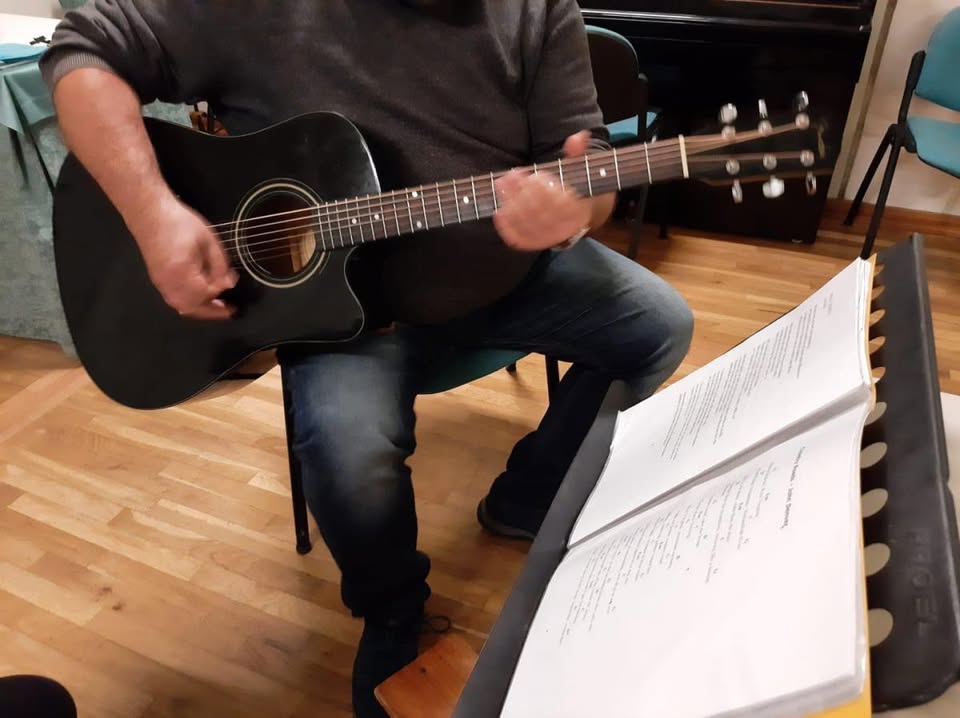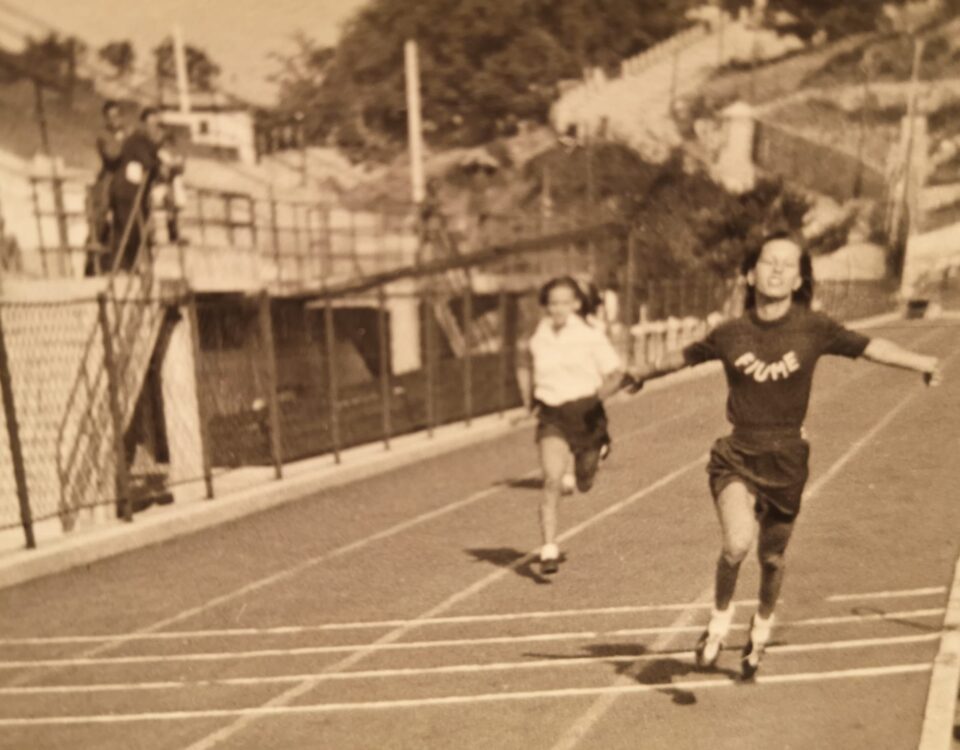Vilma Zacchigna espone al Faro di Pirano
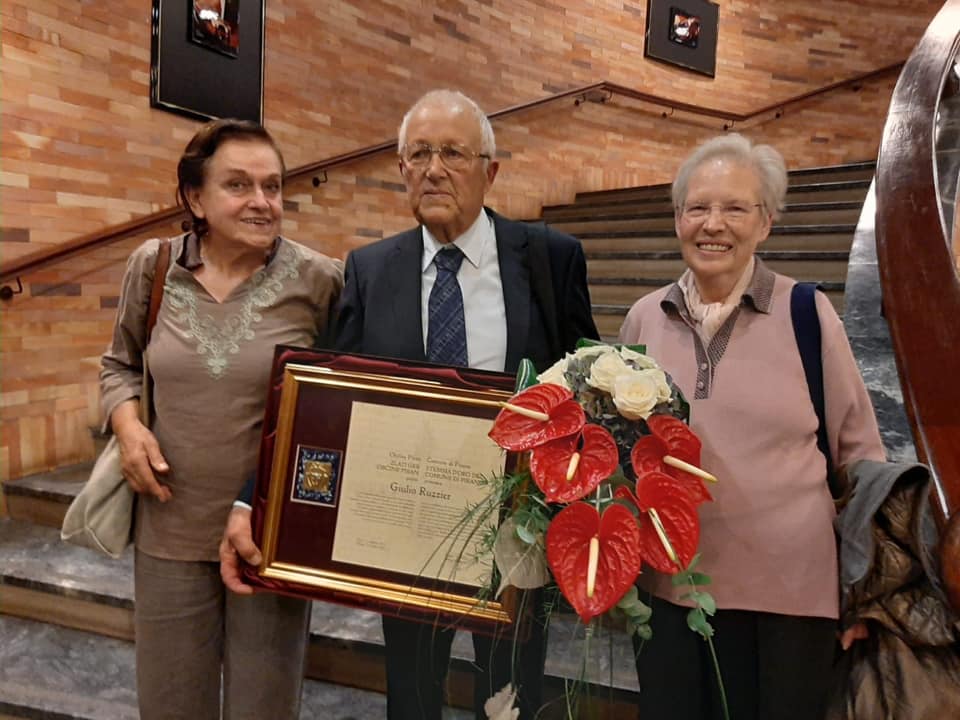
Stemma d’oro del Comune di Pirano a Giulio Ruzzier
10/15/2019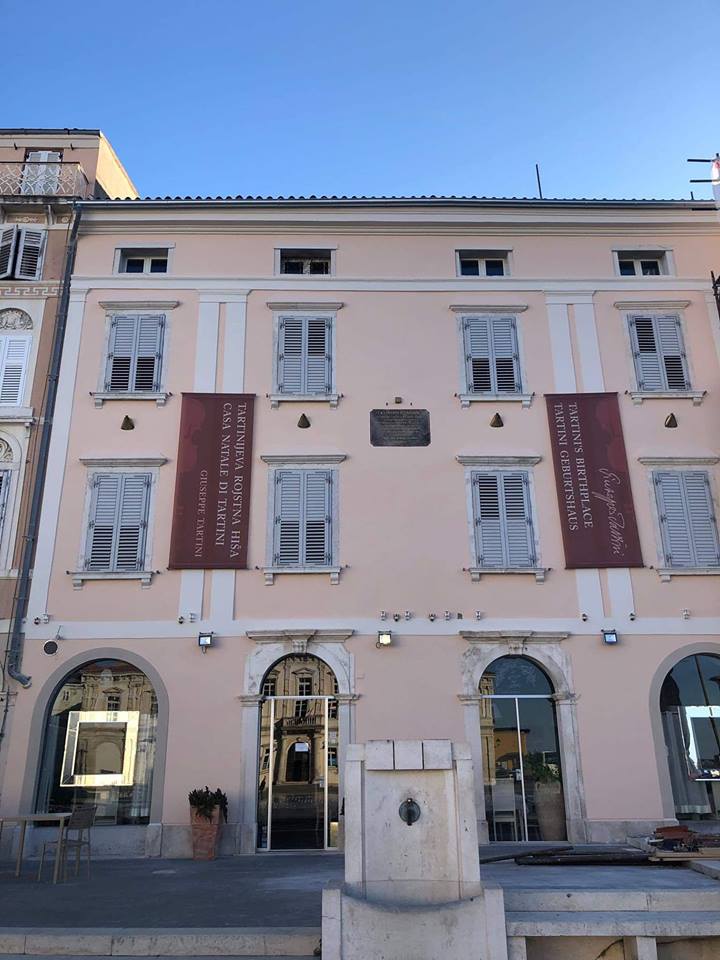
Progetto tARTini: inaugurazione percorso museale
10/26/2019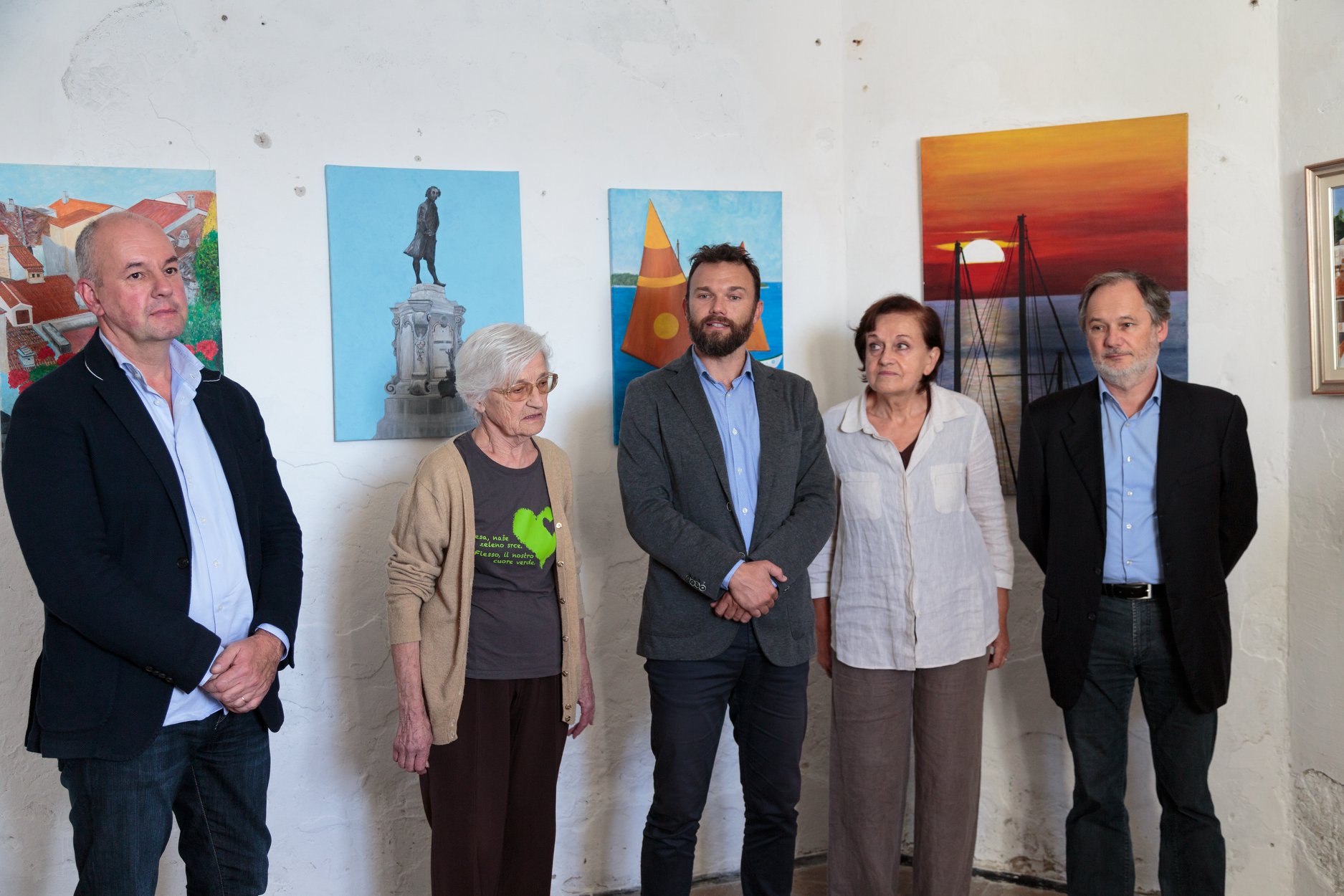
Mercoledì 16 ottobre 2019 si è tenuta al Faro di Pirano la mostra di un’altra appassionata di pittura, che da molti anni impara come usare pennello, colori ed altri attrezzi nel gruppo di pittura della Comunità degli Italiani “Giuseppe Tartini” di Pirano sotto la guida attenta della mentore, Liliana Stipanov.
La mostra di Vilma Zacchigna è l’ultima mostra della stagione al Faro. Per l’occasione Andrea Bartole, Presidente della Comunità Autogestita della Nazionalità Italiana di Pirano, ha invitato all’inaugurazione anche Maurizio Tremul, Presidente di Unione Italiana, e Alberto Scheriani, presidente della Comunità Autogestita Costiera della Nazionalità Italiana.
Nel suo discorso il Presidente Bartole ha detto che la stagione d’apertura del Faro e le mostre di pittura si sono rivelate entrambe positivi, come hanno dimostrato i riscontri dei visitatori.
Le tele di Vilma presentano motivi diversi, infatti sotto la guida di Liliana Stipanov i pittori si sono dedicati a tematiche anche molto diverse tra di loro: le saline, le rose, i tetti delle case di Pirano, gli scorci di città, i ritratti femminili e le barche antiche.
“Con la perseveranza e il duro lavoro, Vilma è riuscita a crearsi una collezione di quadri fantastici”, ha ribadito Liliana Stipanov.
Vilma, che partecipa agli incontri del gruppo di pittura in Comunità fin dal 2002, ha ringraziato gli organizzatori per la mostra e il pubblico presente e ha detto che spera di continuare a collaborare con Liliana che per tutto questo tempo ha condiviso il suo sapere artistico.
All’inaugurazione era presente anche il figlio di Vilma, che con il suono del violino, ha accompagnato il tramonto e trasportato i presenti in un’atmosfera nostalgica.
La mostra rimarrà visitabile fino al 16 novembre.
—
V sredo 16. oktobra je na piranskem svetilniku potekalo odprtje razstave del še ene ljubiteljice likovnega ustvarjanja, ki svoje znanje in veščino vihtenja čopiča in drugih likovnih orodij že vrsto let uri v skupini piranske italijanske skupnosti, pod budnim očesom mentorice, Liliane Stipanov.
Ker je razstava del Vilme Zacchigna zadnja v letošnji sezoni, je predsednik Samoupravne skupnosti italijanske narodnosti Piran, Andrea Bartole, na ogled – tako razstavljenih del kot samega svetilnika – povabil še predsednika Italijanske Unije, Maurizia Tremula, in predsednika obalne samoupravne italijanske skupnosti Alberta Scheiranija.
V svojem nagovoru je Bartole poudaril, da so z letošnjo sezono na svetilniku izjemno zadovoljni, saj so bile vse razstave, v svetilniških prostorih si jih je bilo moč ogledati vse od junija, deležne pozitivnih odzivov javnosti.
Vilmina likovna dela zaznamujejo različni motivi, saj so se pod vodstvom Liliane Stipanov posvečali širokemu naboru tem, njihov razpon je segal od solin, vrtnic, streh piranskih hiš, do vedut, ženskih portretov in starodobnih bark.
“Z vztrajnostjo in trudom Je Vilmi uspelo ustvariti prav zajetno zbirko čudovitih del,” je v svojem nagovoru dejala mentorica.
Vilma, ki v likovni skupini sodeluje od leta 2002, se je skromno zahvalila za obisk in izrazila upanje, da bo še naprej sodelovala z Liliano, ki je z njimi ves ta čas delila svoje umetniško znanje.
Odprtje razstave je v glasbeno vzdušje odel Vilmin sin, ki je z igranjem na violino ob spremljavi sončnih žarkov, prodirajočih skozi okna nekdanje svetilničarjeve hišice, prisotne zamajal v nostalgične spomine.
Razstava bo na ogled do 16. novembra 2019.

